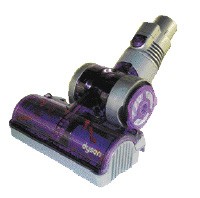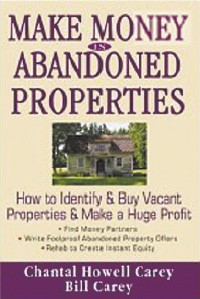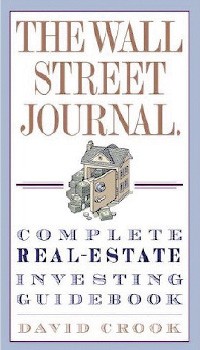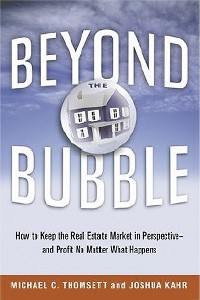All due respect to the King’s Graceland, but Beale Street — with its significance as ground zero for the blues throughout much of the 20th century — is the premier cultural/real estate spot on the Memphis map. And at the foot of Beale is that other prominent component of Memphis’ history: the Mississippi River. A new development set to break ground is capitalizing on both in a manner unprecedented in the city’s history. For a town as wild and wooly as the Bluff City, anything that happens that can be described as “unprecedented” is worth a closer look.
The development is One Beale, the brainchild and soon to be very real building from the Memphis-based Carlisle Corp. It will stand overlooking the intersection of Beale Street and Riverside Drive, called by Chance Carlisle, director of special initiatives for Carlisle Corp., “the gateway to downtown.”
The location of One Beale was selected because “it’s a corner deserving of something of stature. It showcases where Memphis is headed and pays respect to where it’s been,” Carlisle says.
But what is One Beale? It’s a little bit of everything. The $175 million project is one of the biggest condominium buildings in the city in addition to housing a large upscale hotel, Class A office space, a retail and dining center, and a spa and fitness center. It’s a rocketship of a building, a two-tower steel behemoth with an insistent finger of glass improbably shooting up and enveloping the north tower’s body. It’s One Beale, and the Memphis skyline will never be the same again.
Earlier this month, Carlisle Corp. announced the teams who will design, construct, and market One Beale. Among them are a number of Memphis-based companies: Architecture firm Hnedak Bobo Group is designing the development. Hnedak Bobo is responsible for FedEx Express World Headquarters, Clark Opera Memphis Center, Peabody Place, the Main Street Trolley, and the Lofts at South Bluff. Paradigm Productions will market One Beale, and Martin Group Realty will sell it.
 Artist Rendering Courtesy of Paradigm Productions
Artist Rendering Courtesy of Paradigm Productions
For all of the hoopla and bated breath surrounding One Beale, it’s still just a muddy patch of land right now. “We’re making significant progress each day to take condos to market,” Carlisle assures. “We anticipate releasing units this April.”
How many units need to be sold before ground will be broken is still in discussion, Carlisle says. “We haven’t decided what that number is, what’s reasonable for us and for the lenders.” Nevertheless, Carlisle is confident the development will break ground late this year or early 2008.
One of the main components Carlisle Corp. is involved in right now has to do with the mix of condominium sizes and prices. Overall, there will be 130-145 units. Condos will range from 1,500 square feet to 10,000 square feet, selling for $550,000 up to several million dollars. “That’s a wide benchmark,” Carlisle admits. But the bulk of units will run $750,000 to $1.2 million.
One Beale features two towers, one 30 stories tall, the other 34 stories high. There’s a common misconception that the hotel component of the development will take one tower, with condos housed in the other tower, Carlisle says. But it’s not true, he adds. The hotel and office space will be situated in the lowest floors of each tower, across the entire development. Condominiums will start above the hotel and office space on each side and take each tower to the sky. On the shorter tower, condos will run from the 12th to the 30th floors. In the taller tower, condos will start on the 18th floor and terminate at the top, floor 34. When built, One Beale will edge out 100 North Main as the tallest building in Memphis.
Which hotel will call One Beale home is still in negotiation. But the hospitality aspect of One Beale doesn’t stop with the hotelier. Whichever hotel partners with Carlisle Corp. will bring with it its own restaurant. There will also be another restaurant, a 4 to 5 star destination to complement the city’s already fine dining. There will be a bakery/coffee shop, retail space, and a big lobby bar overlooking the Mississippi River.
Additionally, One Beale will have a destination spa on the 10th floor. This spa will be open to the public and hotel guests; condo owners will be granted full access. The spa will feature individual treatment rooms, workout facilities, and swimming pools. Swimmers can get wet over 100 feet above the Mississippi River.
One Beale hasn’t been without its detractors and doubters. The development trod a long path before being granted city approval. It faced opposition from residents and owners of Waterford Plaza and the Candy Factory condos, two neighboring developments that stand to feel the effects of One Beale’s footprint. The development was approved by the City Council in October 2006, with some compromises made by the city with regard to neighbors’ objections.
Other concerns have to do with the downtown Memphis real estate market and its ability to support One Beale in light of so many other projects built in the last decade.
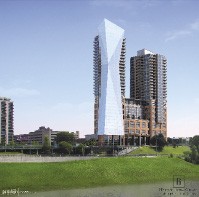 Artist Rendering Courtesy of Paradigm Productions
Artist Rendering Courtesy of Paradigm Productions
One Beale makes the Memphis of the future look sci-fi
Carlisle responds that there’s a flaw in such thinking: One Beale can’t be compared to anything else on the drawing board in Memphis. “We’re in a different market,” he says. “It’s a step above any proposed or current building. It’s ambitious, and we think the city is ready for that and demand it. The Memphis market is fully capable of supporting One Beale. It’s a development buyers have wanted.”
Carlisle also shrugs off the market slowdown during the last quarter. “It’s tough to use recent history as a comparison,” he says.
“We think One Beale is the next progression in downtown urban living for Memphis,” Carlisle says. “People demand to have a luxurious life on the Mississippi River and downtown. You have all of the services of a hotel and the benefits of having a pampered lifestyle,” Carlisle says, citing condo owners’ spa access and the use of the hotel’s room-service menu as examples.
“If that’s not something that interests you, you can also have a great kitchen with an unrivaled view of the river. If all that sounds good to you,” Carlisle adds, “you call it home.”
“Nobody has quite the advantage that One Beale is going to have,” says Regina Bearden, vice president of marketing with the Memphis Convention & Visitors Bureau.
The hotel promises to draw more visitors to Memphis and more dollars for local businesses. It will also make Memphis more attractive for large conventions. “Anytime you add room inventory in Memphis, especially downtown, it assists us … as we’re trying to build conventions,” Bearden says.
It’s the number-one new development on the horizon in Memphis. If it’s as successful as it promises to be, things are looking up Memphis and its skyline. ■
 Artist Rendering Courtesy of Paradigm Productions
Artist Rendering Courtesy of Paradigm Productions  Artist Rendering Courtesy of Paradigm Productions
Artist Rendering Courtesy of Paradigm Productions 